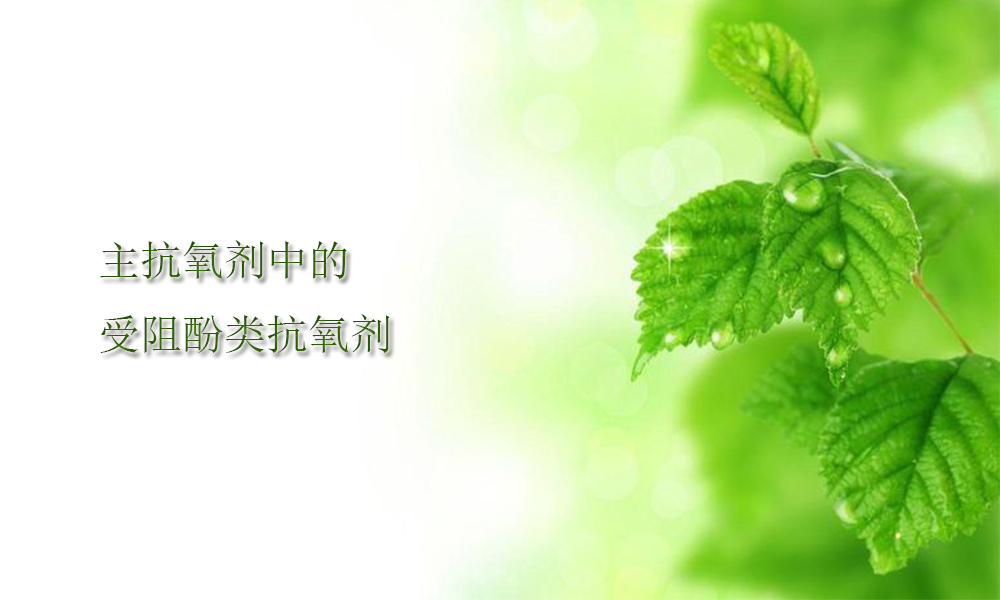
Antioxidants are a class of chemical substances that only When present in a small amount, it can delay or inhibit the oxidation process of the polymer, thereby preventing the aging of the polymer and extending its service life. It is also called an “anti-aging agent”.
Antioxidants can be divided into main antioxidants, auxiliary antioxidants and metal antioxidants. The main antioxidant is considered a free radical cleaning agent. It prevents the damaging effects of free radicals in the polymer by coupling reactions (i.e. termination reactions) or by donating a hydrogen atom.
Primary antioxidants can be divided into hindered phenolic antioxidants and amine antioxidants. The most commonly used main antioxidants are phenols. The biggest advantages of this type of antioxidants are that they have minimal impact on the color of plastics, do not pollute the products and are widely used in plastic products. They are generally non-toxic or low-toxic and can be used in food contact. Phenolic antioxidants have a hindered phenol structure. Including alkyl monophenols, alkylated polyphenols, thiobisphenols, etc. In addition, there are derivatives of polyphenols and aminophenols. Alkylated monophenol: Contains one hindered phenol unit and has excellent non-discoloration and non-staining properties. Due to its small molecular weight, high volatility and extractability, it affects its anti-aging ability.
Hindered phenolic antioxidants include the following:
Antioxidant 1076: zinc Alkylated monophenol introduces a long-chain alkyl phenol group into its structure, which increases the molecular weight and reduces the volatility. Generally, the alkyl groups in alkylated monophenols are mainly tertiary alkyl groups and secondary alkyl groups.
Antioxidant 264: The alkyl group in alkylated monophenol is an aryl group. It is a widely used product, mainly made of natural rubber and synthetic rubber products, with a dosage of 0.5%~2%. It has anti-thermal oxidative aging effect and protects against the aging of light and copper. It can act as a stabilizer for polyethylene and polyvinyl chloride, inhibiting the discoloration and strength decrease of polystyrene and ABS resin. The usage amount is less than 1%.
Antioxidant 1010: It is the most widely used antioxidant. It has low volatility, is resistant to heat, water and solvent extraction, and has good compatibility with most polymers. It does not discolor, does not pollute, has no odor, is suitable for high-temperature products, and is one of the best antioxidants for polyolefin plastics. The dosage is generally 0.1-0.5%. Mainly used in polyvinyl chloride, polyformaldehyde, polyamide, polyester, ABS, styrene-butadiene, isoprene, cis-butadiene and natural rubber.
Antioxidant 2246 is an antioxidant with a bisphenol structure. It has the advantages of reduced volatility and good effect. It is widely used in thermoplastics.


